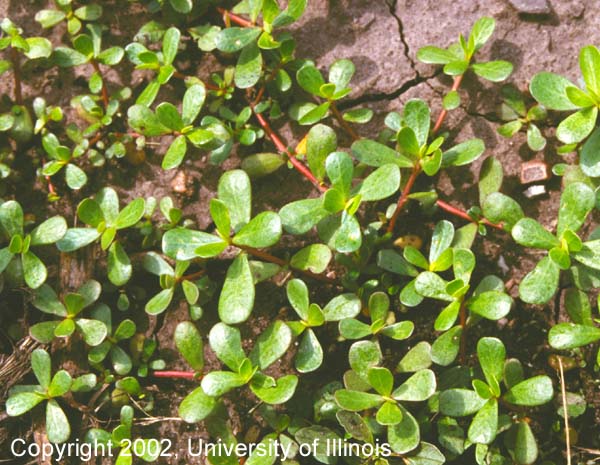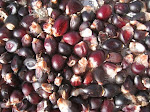
“Sure is hot this week.” That’s what we heard from almost everyone who came to get their CSA share Tuesday evening. And it was. And is.
Monday evening I was up late and tracked the temperature: 90 degrees at 11pm, 84 at 11:30, and finally, as an electrical storm came in from the southwest, 79 at midnight. That was when I went outside and watched the strobe of 3 or 4 lightning flashes each second turn my arms into stop action photos as I raised them up above my head to stretch.
The humidity goes up to 100% each night, making the heat index stay around 90, so there is no respite – even when I put on a wet T-shirt and turn the fan on. I honestly do not know how Henry and the kids and the farmhands and interns keep going all day long.
It makes me wonder, when people comment about the heat, whether they know real heat -- not heat as in a number read by a newscaster, but as in the mind-numbing, body-draining, soul-scorching heat of hour upon hour of physical labor under a brutal sun. Slaves died in this kind of heat. And farm laborers here in the U.S. still do. A couple young men just died up in Michigan cleaning out a silo at a big dairy operation.
Don’t worry, we are not dying down here on Henry’s Farm. But being outside working in these conditions, you do realize how easily that can happen.
All things considered, we’re lucky here though. (Or, as Henry is fond of saying, “It could be a lot worse.”) Unlike the fields most farm workers labor in, we have shade nearby, and we take breaks, and drink plenty of water, and do not suffer from pesticide exposure or disrespectful treatment.
A week like this one does make you consider more deeply, though, all of the food that begins in hot fields and ends in cool refrigerators. Whether one’s quest is for fast and cheap or slow and sustainable, all that food came from some-where and some-one and was picked under some weather, often cruelly hot.



